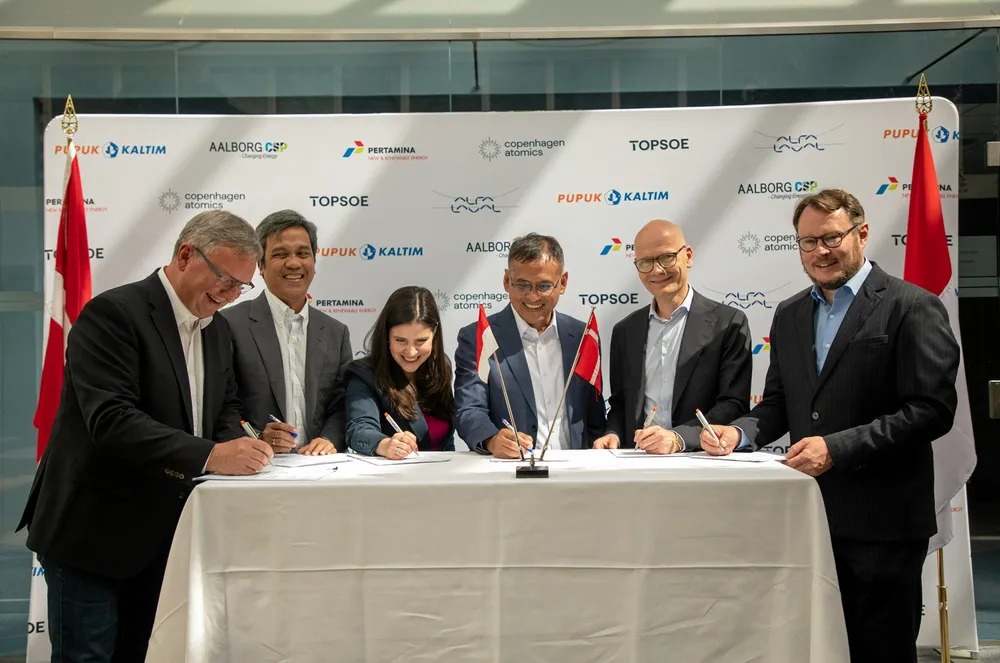State-owned firms plan $4bn nuclear hydrogen project in Indonesia powered by 1GW of small modular reactors
The unnamed facility would produce one million tonnes of pink ammonia a year — providing enough fertilser to grow food for 45 million people

The unnamed facility would produce one million tonnes of pink ammonia a year — providing enough fertilser to grow food for 45 million people
